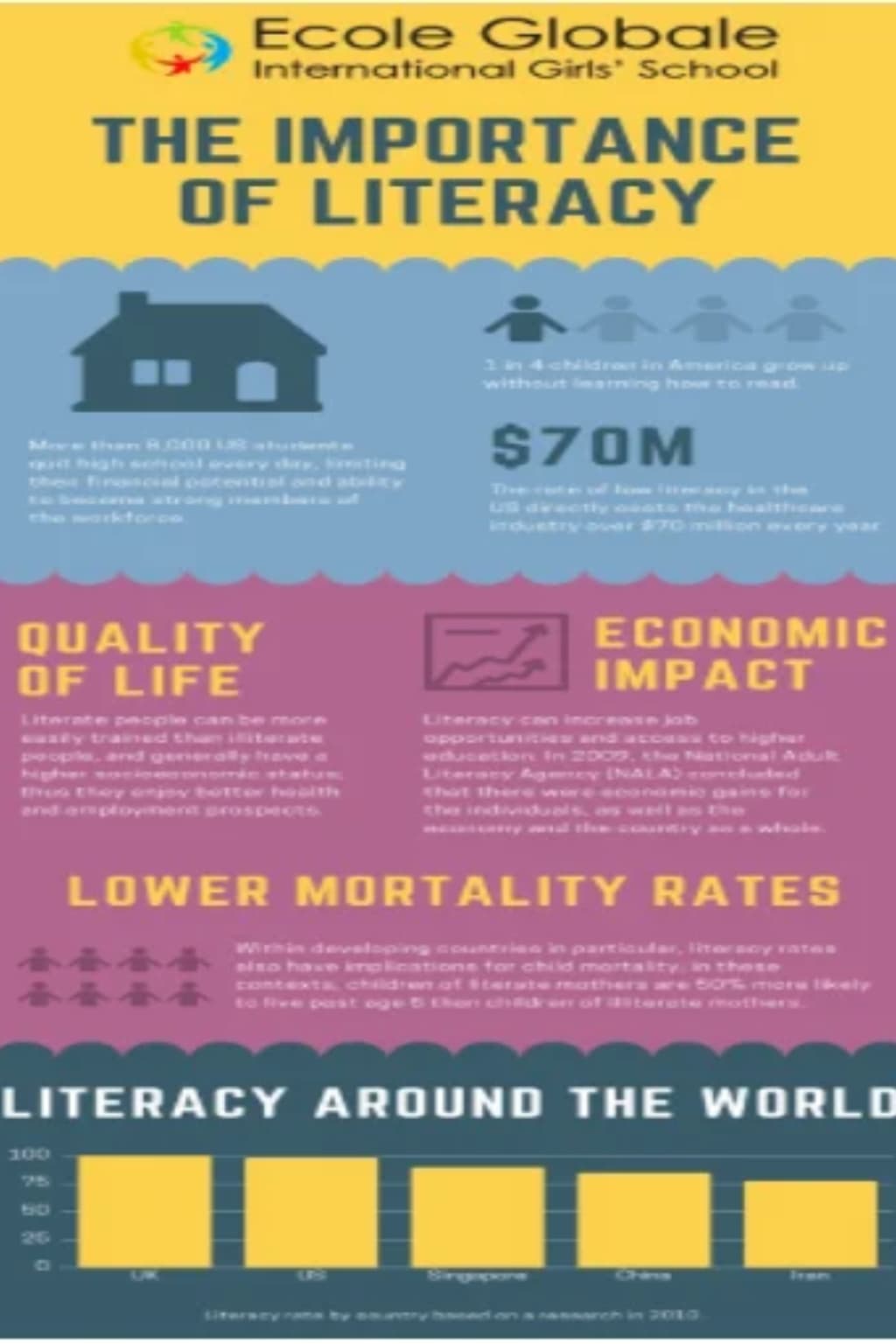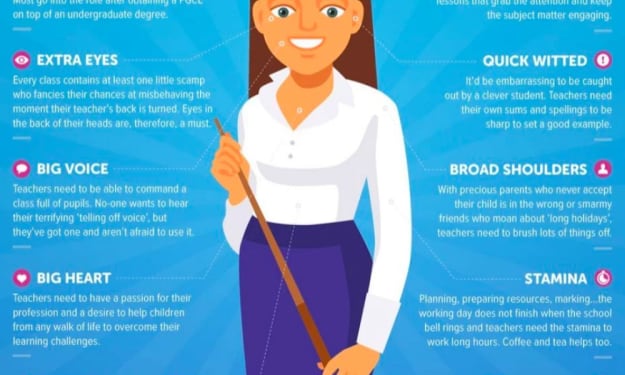The Importance of Literacy: A Cornerstone of Personal and Societal Development
Importance of Literacy

Literacy can be defined as the ability to read and write at least one language with understanding. Simply put, if you can read and write the language you speak, you are considered literate. Literacy is essential for education and gaining knowledge, serving as one of the most fundamental elements of education and personal development.
Why Literacy Matters
Quality of Life
Literate individuals have well-developed minds and a better understanding of various aspects of life. They are more adept at handling finances, healthcare, and overall life management. Literacy opens doors to higher-paying jobs, securing a better socio-economic status, and providing security for individuals and their families.
Economic Growth
A literate society produces a skilled workforce, which has a positive impact on the economy. Literate individuals can access and generate more jobs and services, boosting economic growth. The National Adult Literacy Agency (NALA) found that higher literacy rates secure more economic gains for individuals, proliferating the economy as a whole.
Lower Mortality Rates
Literacy significantly affects mortality rates, particularly among infants. Literate mothers are more capable of keeping their infants healthy and alive, reducing infant mortality rates. Societies with higher literacy rates see lower overall mortality rates and better public health outcomes.
Global Literacy Statistics
South Korea
South Korea boasts a 100% literacy rate, making it the most literate country in the world. This achievement underscores the importance of accessible and high-quality education systems.
India
India has a literacy rate of approximately 74%. About a third of the world's illiterate population resides in India, mainly due to the country's massive population and socio-economic barriers. Effective literacy rates in India are 84.7% for men and 70.3% for women, highlighting a significant gender disparity.
The United States
Nearly 8000 students in the U.S. quit high school each year, which impacts their potential to contribute to the workforce and economy. Moreover, one in every four American children grows up without proper guidance to read, leading to long-term socio-economic consequences.
Factors Influencing Literacy
Gender Disparity
Women often have lower literacy rates compared to men. In India, this disparity hinders family planning and population stabilization efforts. Addressing gender disparity in education is crucial for overall societal development.
Economic and Social Barriers
Urban areas typically have higher literacy rates than rural areas due to better access to educational facilities and resources. Caste disparities also contribute to lower literacy rates, as lower caste populations face higher dropout rates and fewer school enrollments. Poor educational infrastructure, including lack of sanitation and inadequate classroom facilities, further hampers literacy efforts.
Promoting Literacy: Strategies and Initiatives
National Literacy Mission (India)
Aimed at achieving a 75% literacy rate, this mission focuses on functional literacy for non-literates aged 35-75 years.
UNESCO
UNESCO works through global networks to advance literacy, focusing on both formal and non-formal education settings. It emphasizes digital literacy and the importance of literacy in achieving sustainable development goals.
Role of Technology
Digital learning tools can enhance literacy outcomes by providing customized learning plans, increasing teaching efficiency, and generating student enthusiasm. However, equitable access to technology remains a challenge, as highlighted by the COVID-19 pandemic.
Success Stories
Kerala, India
Kerala is renowned for its high literacy rates, attributed to strong government action, community support, and well-developed educational infrastructure. The state has implemented extensive literacy campaigns and ensured widespread access to educational facilities.
Tripura, India
Tripura has achieved significant literacy gains through the involvement of local government bodies, NGOs, and community clubs. The state's holistic education programs have ensured near-total literacy rates.
Tamil Nadu, India
Tamil Nadu's midday meal program has significantly improved school attendance and literacy rates. The program provides free lunches to school children, ensuring that economic barriers do not prevent children from attending school.
Conclusion
Literacy is crucial for personal and societal development, economic growth, and improving quality of life. Efforts to improve literacy must address gender disparities, socio-economic barriers, and the urban-rural divide. Technological integration and innovative educational programs can significantly enhance literacy outcomes. Successful literacy initiatives often involve strong government action, community support, and adequate infrastructure and resources. By focusing on these strategies and addressing the underlying issues, societies can work towards achieving higher literacy rates and, consequently, greater overall development and prosperity.
About the Creator
Enjoyed the story? Support the Creator.
Subscribe for free to receive all their stories in your feed. You could also pledge your support or give them a one-off tip, letting them know you appreciate their work.





Comments
There are no comments for this story
Be the first to respond and start the conversation.